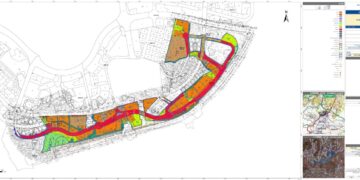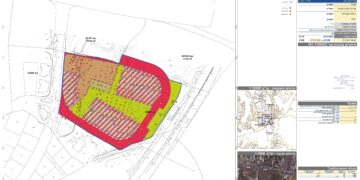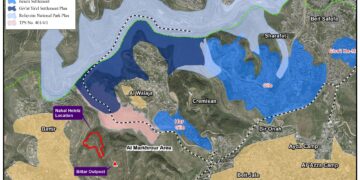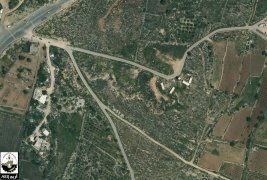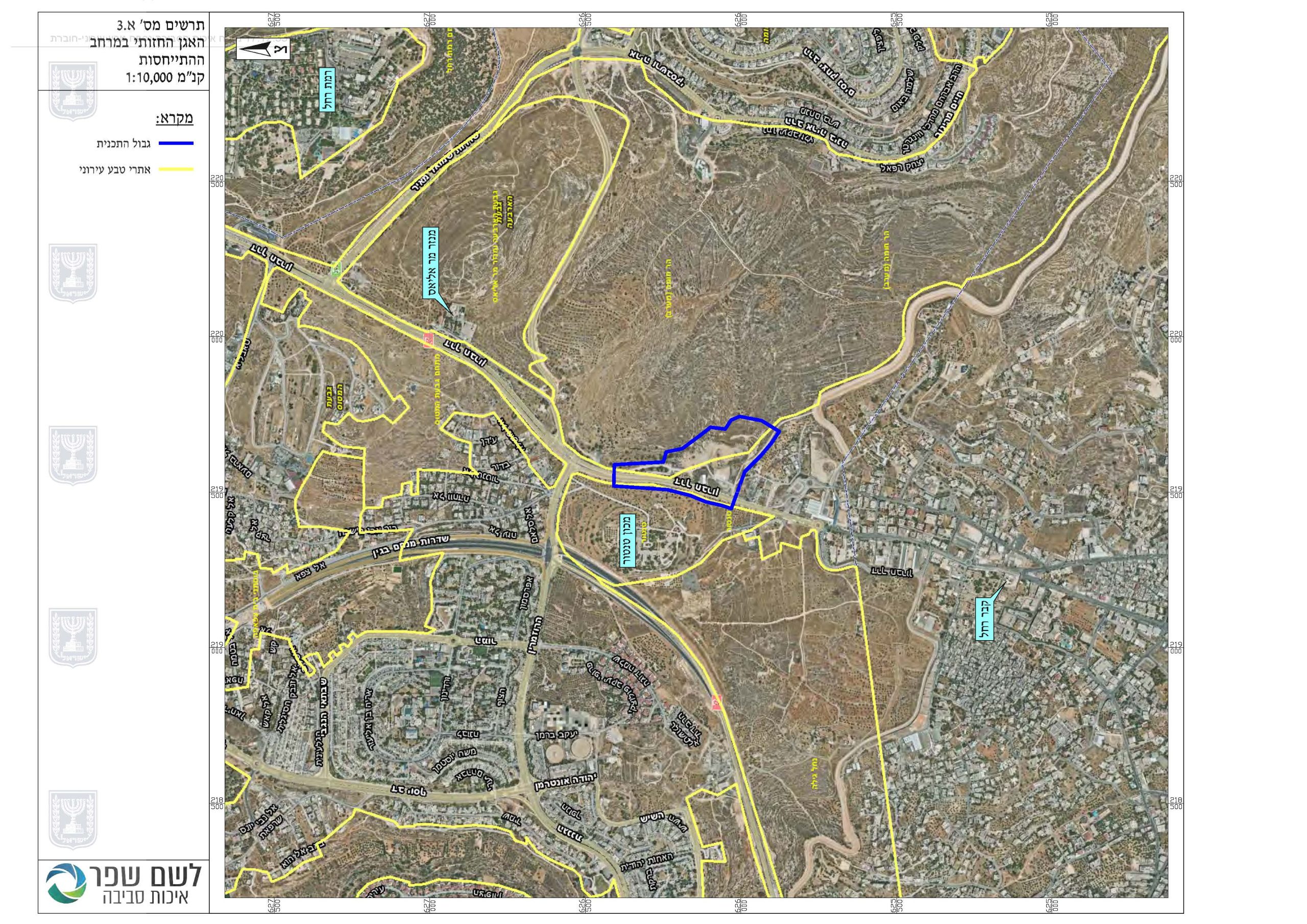Settlement Expansion
The Israeli government encourages the settlements in the occupied West Bank and in the Jerusalem area in particular, by giving incentives to the settlers, including housing subsidies, income tax reductions, disproportionately generous budget allocations to the settlement areas, as well as business grants. In the past two decades, these policies, aided by the construction of bypass roads to link the settlements, and the excessive control of the Israeli Army, the area annexed by Israeli settlements’ has increased 182% (from 69 km² in 1990, to 194.7 km² in 2012) (ARIJ GIS database 2012). In return, the number of Israeli settlers went from 240,000 in 1990 to more than 656,000 in 2012, – an increase of 189% (ARIJ GIS Department, 2012).
The Expansion of the settlements is to meet the needs of natural growth.
Since Netanyahu came into power in March 2009, he has offered no viable alternatives to the status-quo in the occupied Palestinian territory, nor has he ever addressed the Palestinians as equal partners in the peace process. He actively spurns peace by continuing and expanding construction activities in the Israeli settlements in the occupied West Bank, especially focusing on Israeli settlements in East Jerusalem, a part of the city which Israel annexed illegally and unilaterally after the Six Day War.
The Israeli settlements in the occupied Palestinian Territory are one of the foremost obstacles to ever achieving any real progress in the peace process. Furthermore, they block agreement on the other important final status issues of Jerusalem, borders, water, refugees and Israeli security concerns. As more Palestinian land is taken for settlement expansion, less land is available for future Palestinian development. Additionally, as settlement building and expansion continues, there is growing concern that the increasing fragmentation of the West Bank territory will endanger the possibility of a contiguous Palestinian state in the future.
During his first four-year term, Israeli prime minister, Benjamin Netanyahu failed to make concessions in return for true peace with the Palestinians, while at the same time stalling the peace talks, and blaming the internal conflicts between Fateh and Hamas for precluding Palestine from being a credible peace partner. Further, he has claimed that the Palestinian National Authority is nearing collapse, and is no longer able to carry out its internal and external obligations towards the peace process.
While it is true that Netanyahu has repeatedly offered the Palestinians peace negotiations, he has simultaneously supported and encouraged the continuing construction of Israeli settlements in the occupied Palestinian territory even though international law and UN resolutions clearly define the Israeli settlements as illegal.
The 10-month settlement freeze
On November 27, 2009, Prime Minister Netanyahu, declared a 10-month settlement freeze in the West Bank, beginning in December 2009 and ending in September 2010, claiming that it would give the peace process a chance to move forward. However, he excluded ongoing settlement projects initiated prior to December 2009, and also exempted from the freeze new building as part of the natural growth in existing settlements. Moreover, East Jerusalem was excluded from the moratorium and settlement expansion continued there, even though the Road Map peace plan of 2003, called for Israel to freeze all settlement activities in the West Bank including East Jerusalem.
During the time of the settlement freeze various Israeli ministries and bodies published plans for building approximately 25,000 housing units in Israeli settlements in the West Bank. Virtually 99% of the plans were issued for Israeli settlements in East Jerusalem and settlements located in the Western Segregation Zone, (the area Israel seeks to annex through the construction of the Segregation Wall), as well as for Israeli settlements located in existing major settlements blocs. See Map 1




